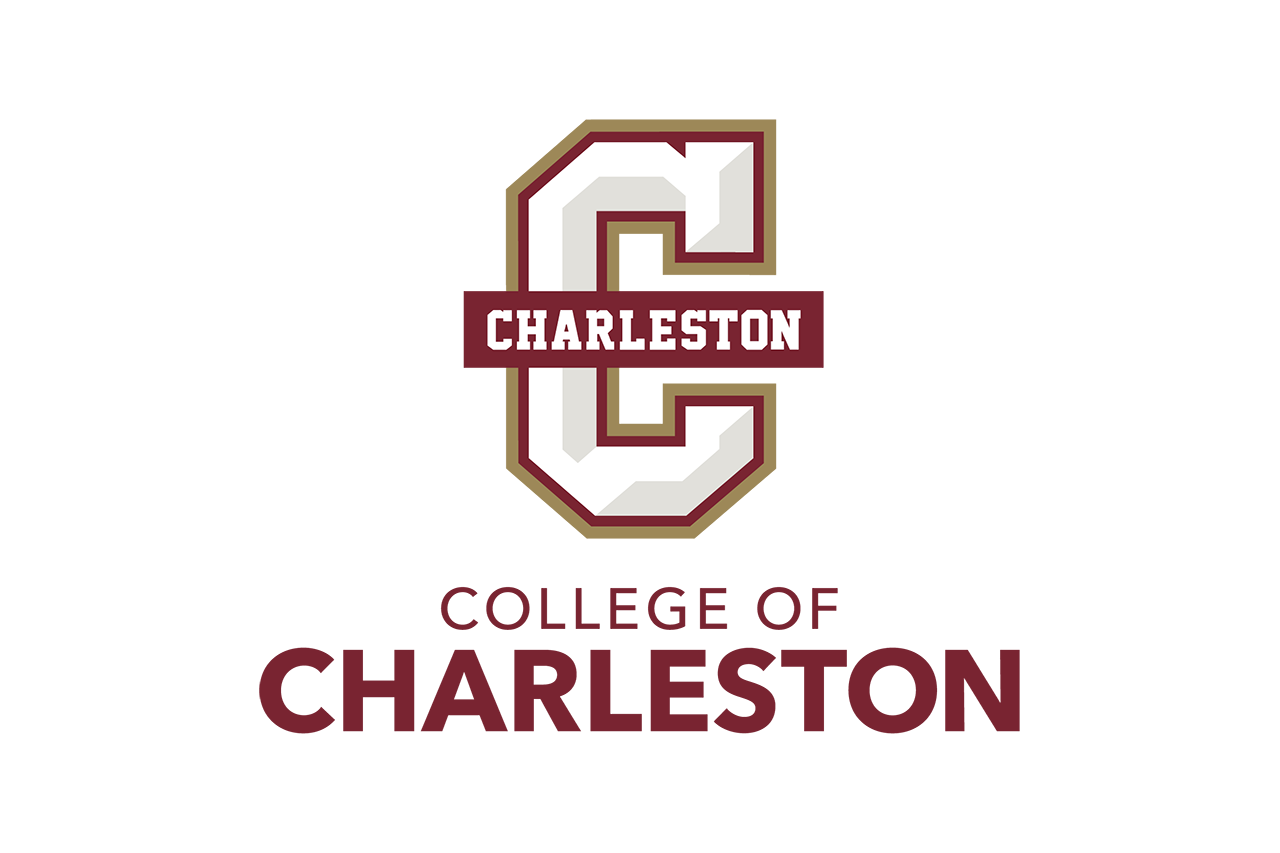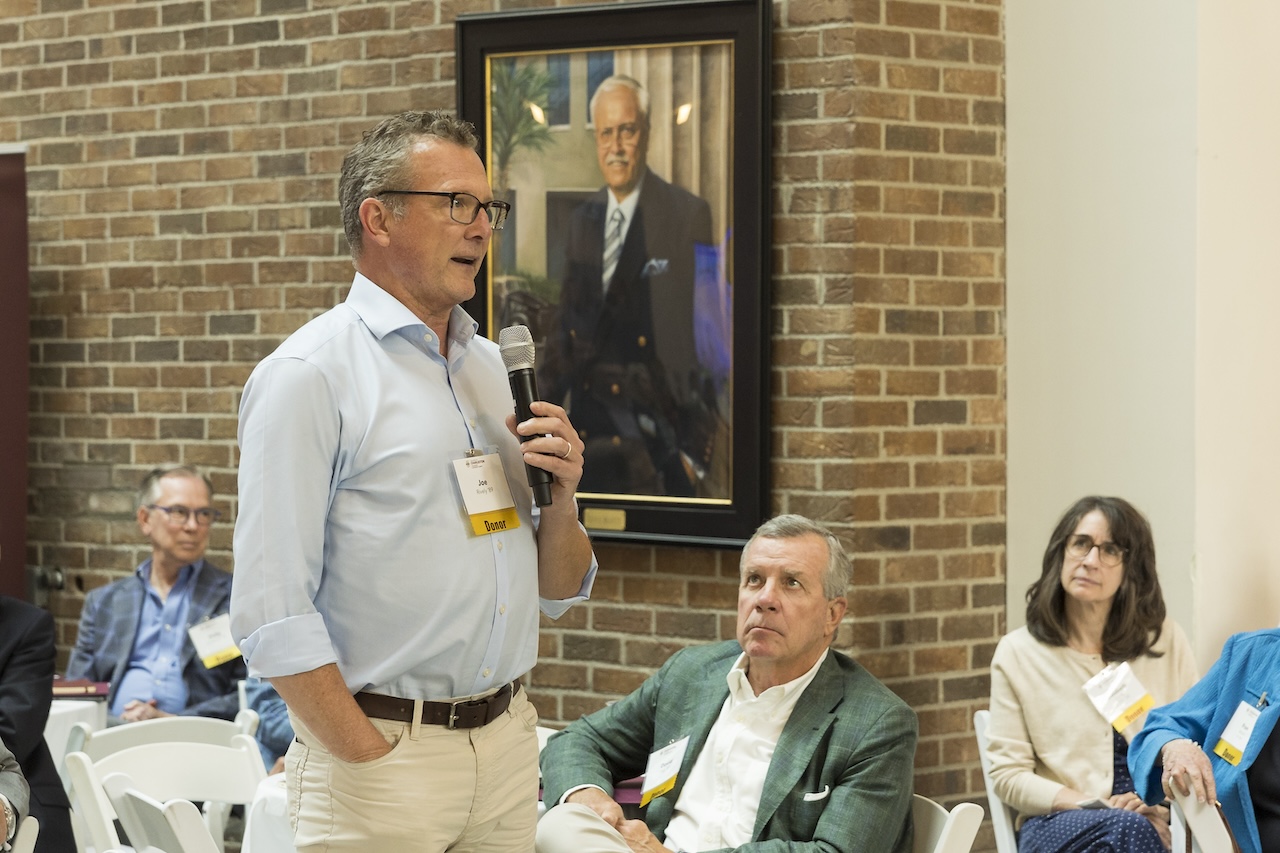CofC Plays Role in Marsh Restoration and New Historical Marker
The public is invited to the unveiling of the Gibbes Landing state historical marker – and block party – on June 7, 2024, in Wagener Terrace.
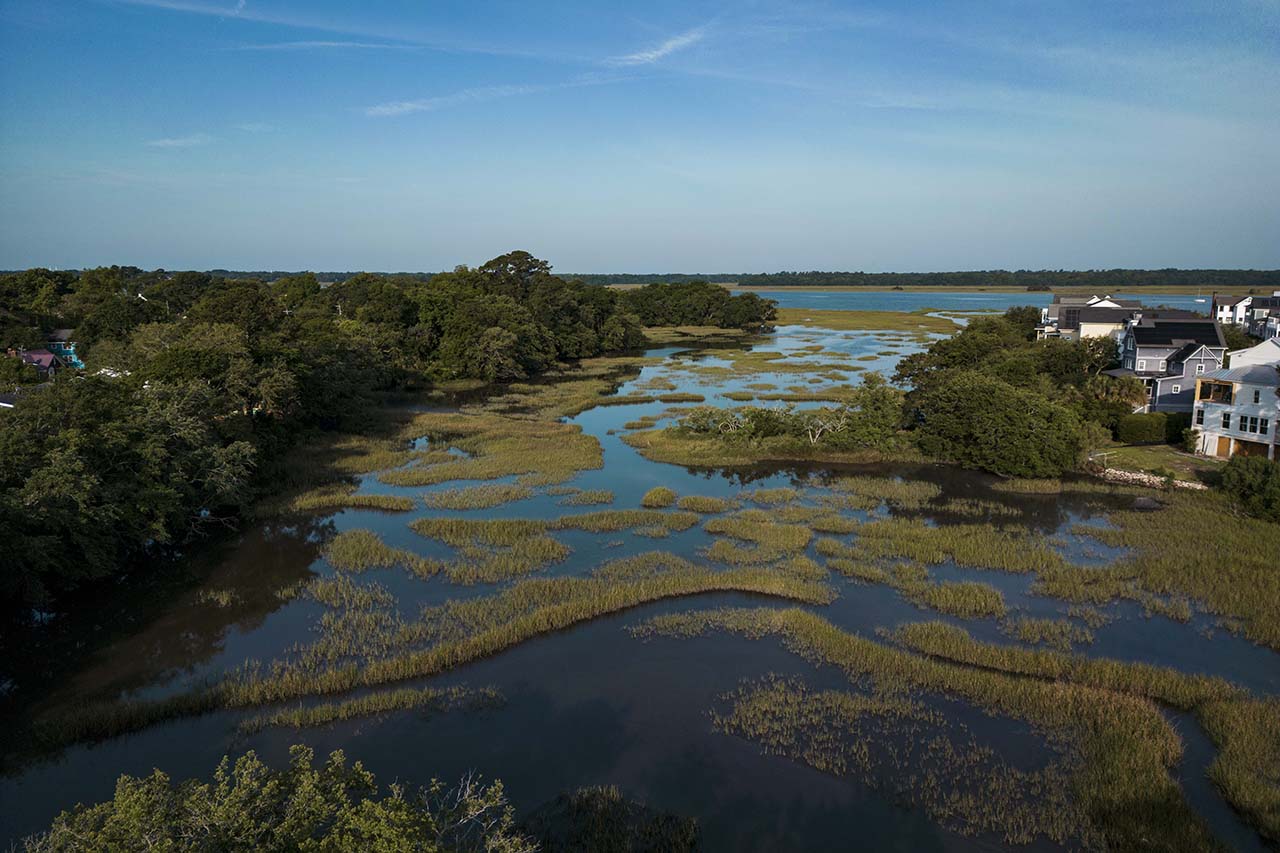
Above: Halsey Creek (photo by Joel Caldwell)
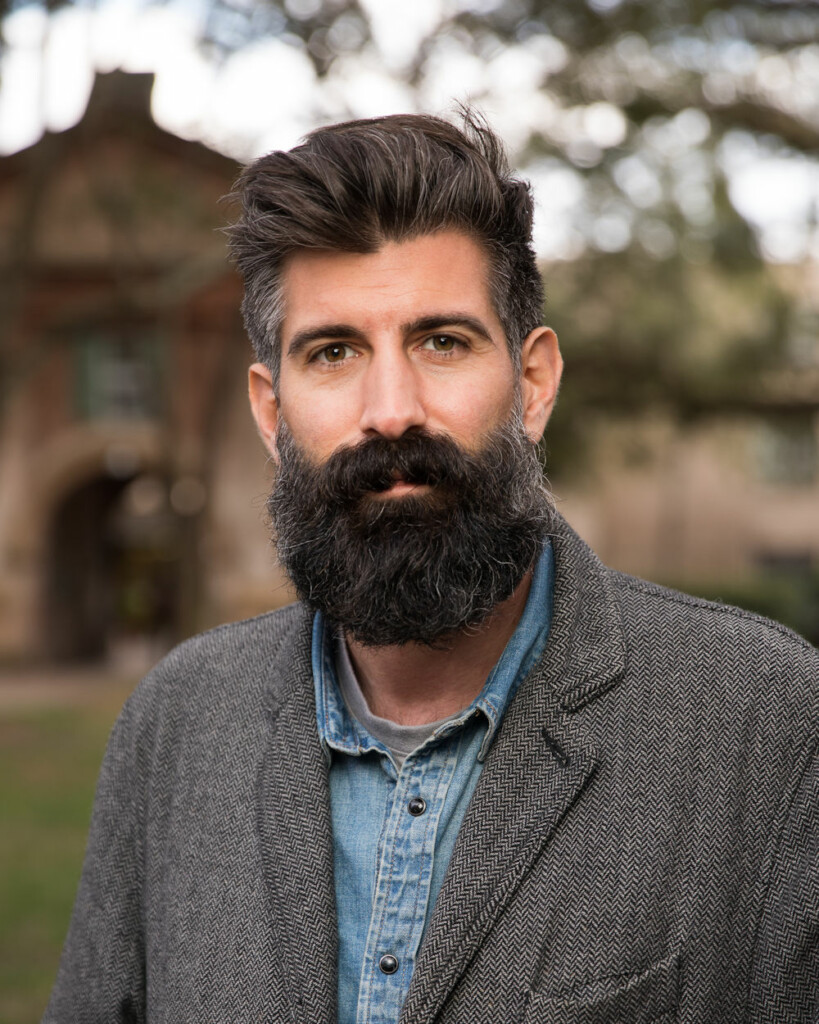
A personal project that started in 2022 among three friends wanting to revitalize and steward an acre of marsh on the peninsula of Charleston has become a community-wide effort to protect a tidal creek. As part of their efforts, a state historical marker is being dedicated there this Friday evening, June 7, 2024. The block party-like event will take place from 6-8 p.m. at Halsey Creek in Wagener Terrace.
“I grew up watching Mister Rogers’ and being told that ‘once you hear someone’s story, it’s impossible not to love them,’” says one of those three friends, Blake Scott, associate professor of international studies at the College of Charleston. “I feel the same should apply for a place or even a creek or marsh. If you want people to care for and love and restore the marshes, then you’ve got to tell their story, their history.”
That story of Wagener Terrace and Halsey Creek – one of the only remaining tidal creeks in downtown Charleston – is a fascinating one, which Scott was able to document by working closely with the staff at the Preservation Society of Charleston, particularly Anna-Catherine Alexander ’18. He also spent a good amount of time at Special Collections at the Marlene and Nathan Addlestone Library researching the area’s history and talking with community members about their neighborhood history.
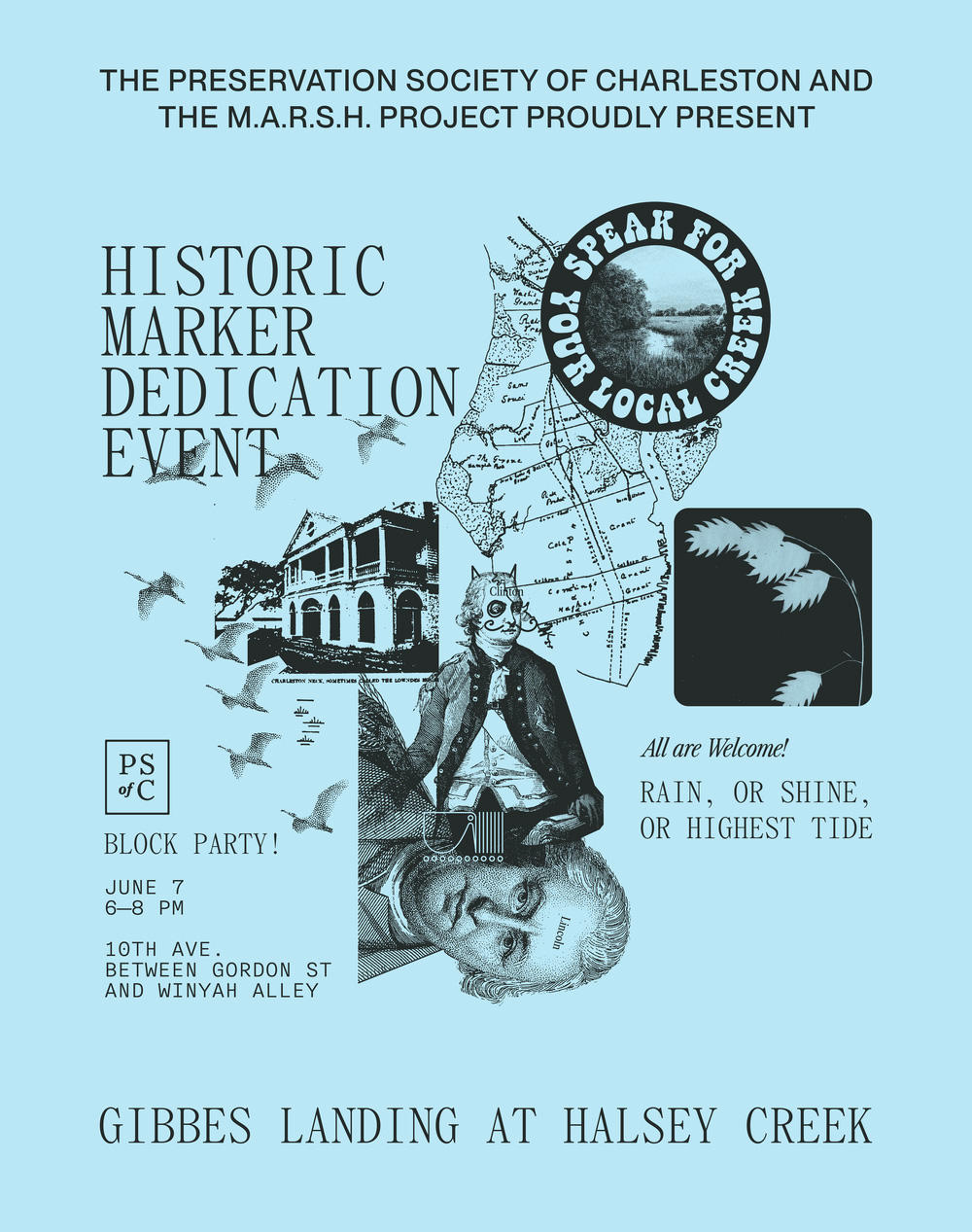
What started as a neighborhood cleanup of the marsh in 2022, which 50 volunteers turned out for, has blossomed into a 501(c)3 nonprofit called the M.A.R.S.H. Project under the Carolina Ocean Alliance. Its mission is to help to re-wild and ecologically restore Charleston’s unique saltmarsh ecosystem. Scott and the other co-founders of the project – environmental journalist and photographer Joel Caldwell and graphic designer Blake Suárez – are working to ecologically revitalize their neighborhood through more volunteer efforts by cleaning up debris, planting native plant species, citizen-science monitoring and community and educational outreach.
Five CofC students and one exchange student interned with the project, including Anne Gray Stedman ’24, who graduated in May.
“I loved the theme of regenerative nature and giving back/building up the environment around us that past generations have taken from,” she says. “The planting days, litter sweeps and book clubs we did last summer were all small-scale projects that seemed to spark a larger feeling of hope and progress with everyone involved.”
The international studies major is taking the knowledge she gained through working with the M.A.R.S.H. Project to grad school in Copenhagen, Denmark, where she will be studying environment and development with a specialization in livelihood and governance.
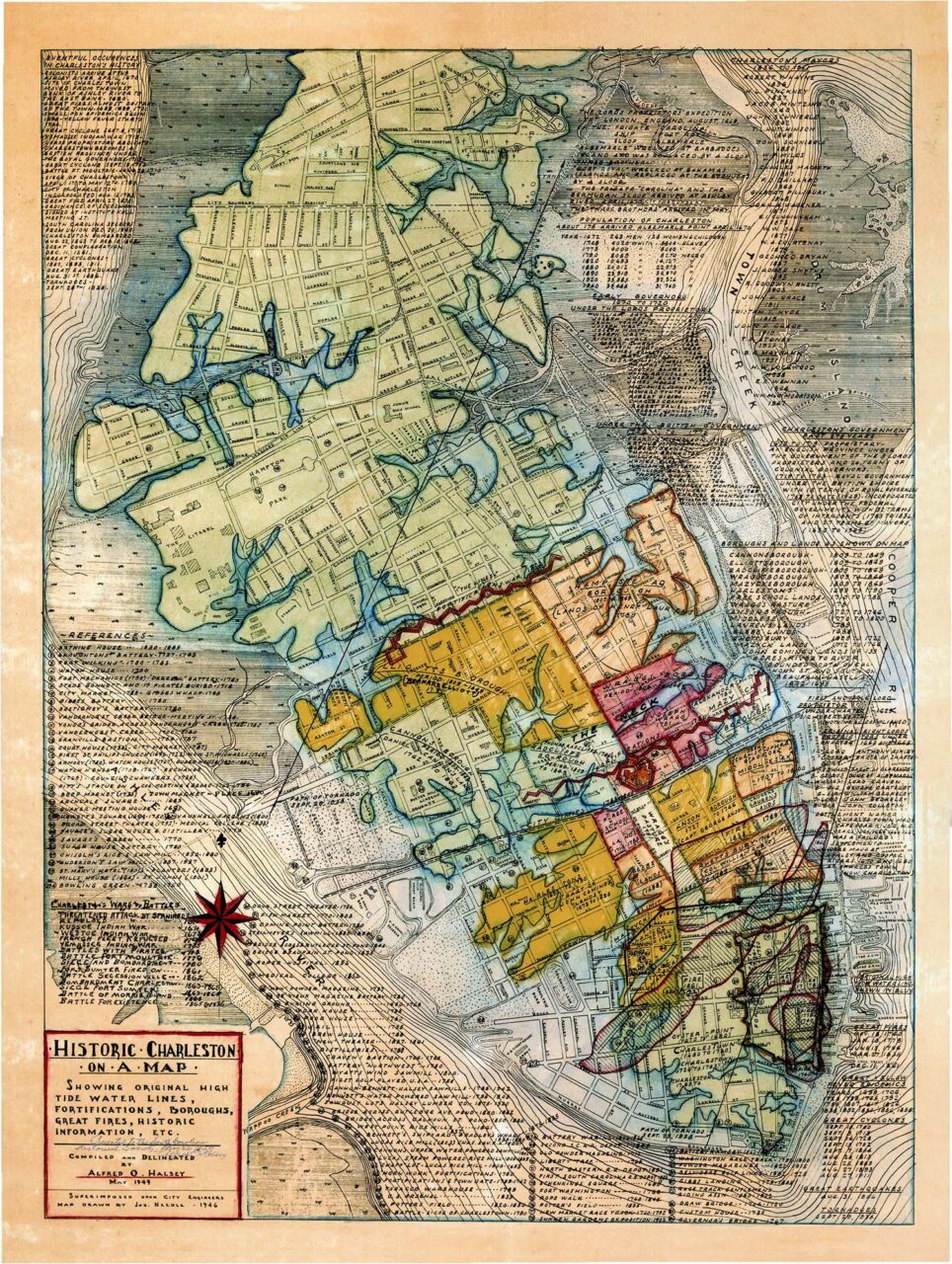
“I am hoping to learn their trade secrets and bring them back to Charleston to continue the protection of a place that means so much to me,” she says.
Located right across the Ashley River from Charles Towne Landing, which was founded in 1670 by English colonists, the Wagener Terrace area was controlled by the Kiawah tribe of the Cusabo people at the time, according to Scott’s research. Within 40 years, the English forcibly removed the Kiawah and took possession of land around the Ashley and Cooper rivers. The east bank of the Ashley was fertile land, and by 1769, the Gibbes family’s Grove Plantation, which depended upon enslaved labor, spanned 232 acres along it and what is now Hampton Park.
During the American Revolution, the plantation became a key staging ground for British forces during the 1780 Siege of Charleston. After the war, the property passed through several owners, including the Vesey and Lowndes families, and Denmark Vesey may have resided on the property before buying his freedom in 1800. Gradually, the land was subdivided and included the development of the Washington Race Course, which the Confederacy used as a prison camp for Union soldiers during the Civil War.
Listen to this Speaking of … College of Charleston podcast episode to learn more about Denmark Vesey.
The area takes its name from Frederick Wagener, who organized an elaborate exposition in 1902 on the lands to highlight the commercial potential of South Carolina. More than 600,000 people attended the exposition, including Mark Twain and President Theodore Roosevelt. In 1919, Wagener sold the property to James Sottile, who turned the area into one of Charleston’s earliest suburbs. Many of the first residents were Jewish, Greek and Italian immigrants. Following the Civil Rights Movement, the area became home to numerous middle- and upper-class African American families.
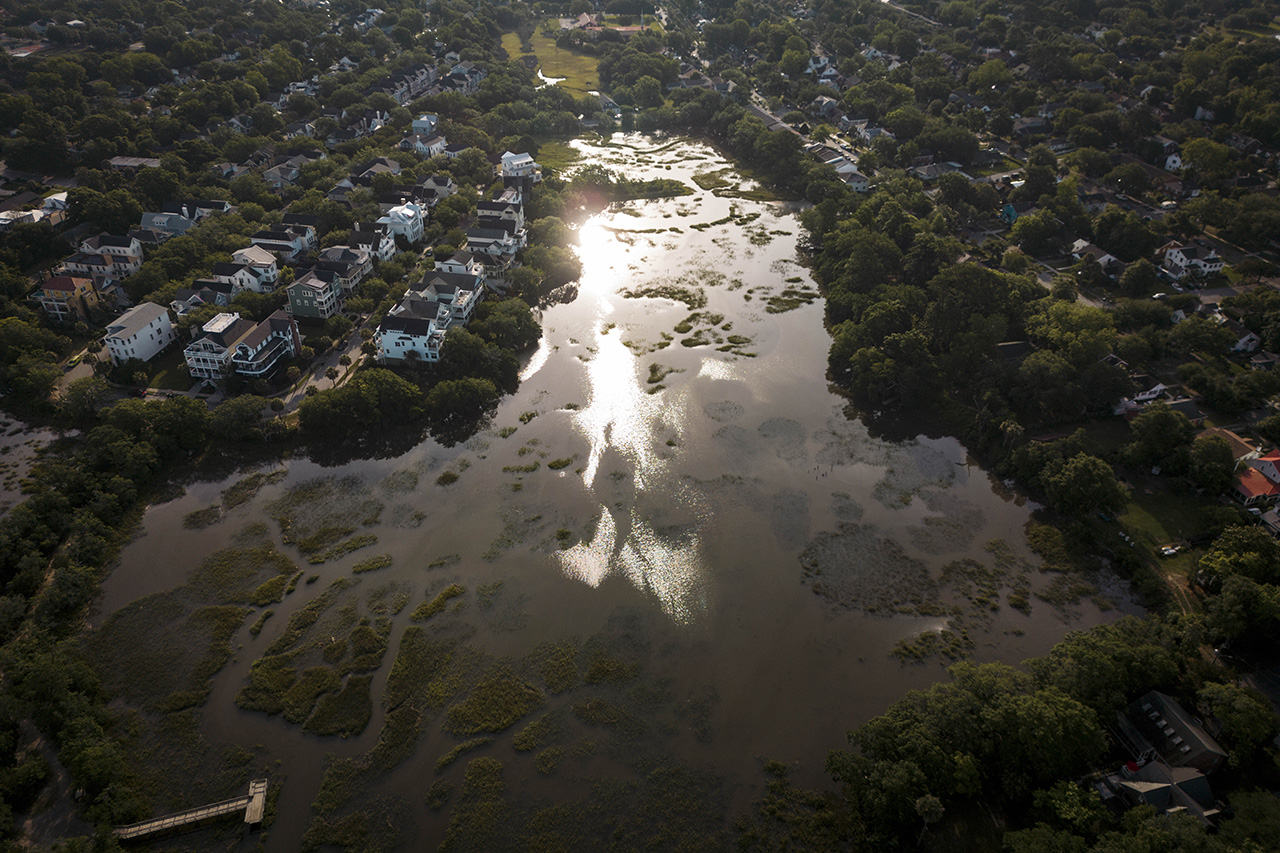
Today, the neighborhood is changing once again and is experiencing the dual threats of increased flooding and growth. The M.A.R.S.H. Project wants to help the area remember and preserve its history, while proactively planning for the future.
“If we don’t do something it will certainly – sooner than later – return to the water,” says Scott, when asked about the amount of land on the peninsula that is landfill. “Our best chance, I think, is to harness and mimic the natural processes of the Lowcountry, especially marsh accretion, and ecologically regenerate the peninsula and create vegetative buffers to adapt to the rising water. Hard walls and impervious surfaces aren’t necessarily the only or best answer.”
Most of the work Stedman is doing is centered around community outreach, an oral history project and research for an ecological corridor plan that would stretch across the peninsula and reconnect the area’s tidal creek ecosystems.
“So many people in Charleston want to help and protect the incredible nature we are surrounded by, but don’t know how or where to start,” she says. “TMP provides a space and way to do that. I have also learned about ways to mitigate flooding through water absorbent plants, and ways to create homes and food for the beautiful wildlife we are surrounded by.”
The public is invited to attend the historic marker unveiling (and subsequent block party with food trucks, including Co-Hog, Vibrant Alkaline Vegan Meals, Lowcountry Street Grocery and Life Raft Treats!) on June 7, 6–8 p.m., on 10th Ave. between Gordon Street and Winyah Alley.

